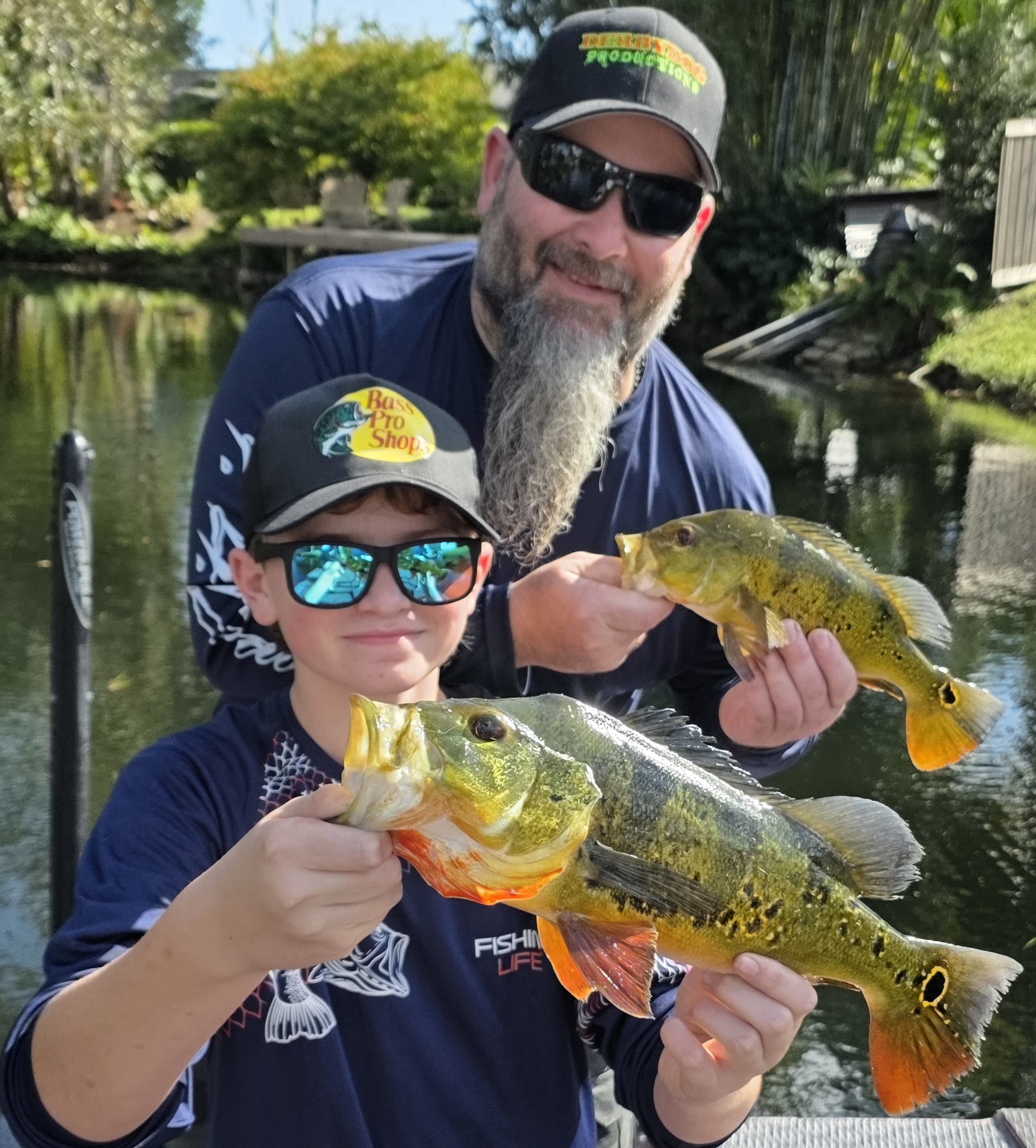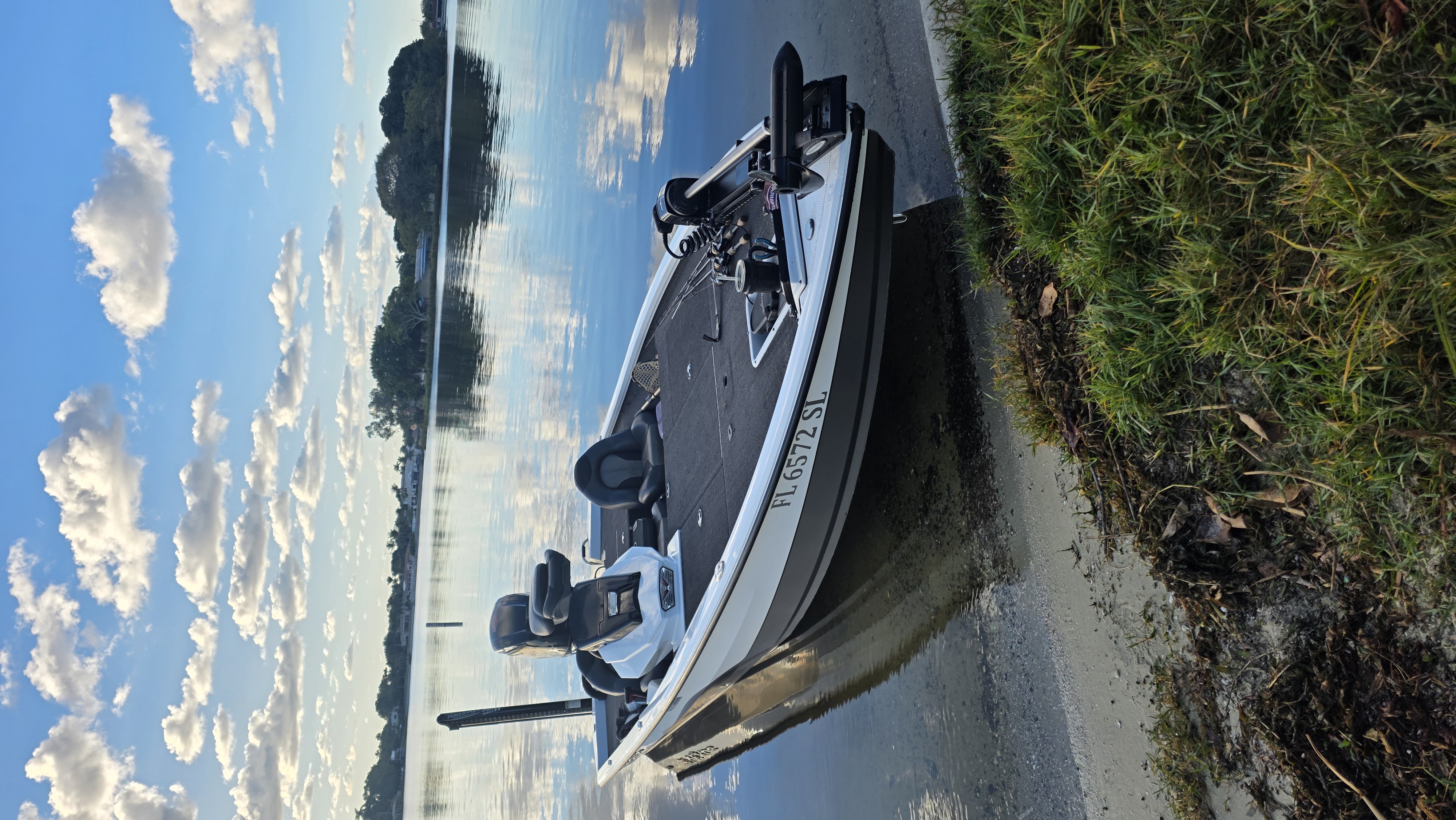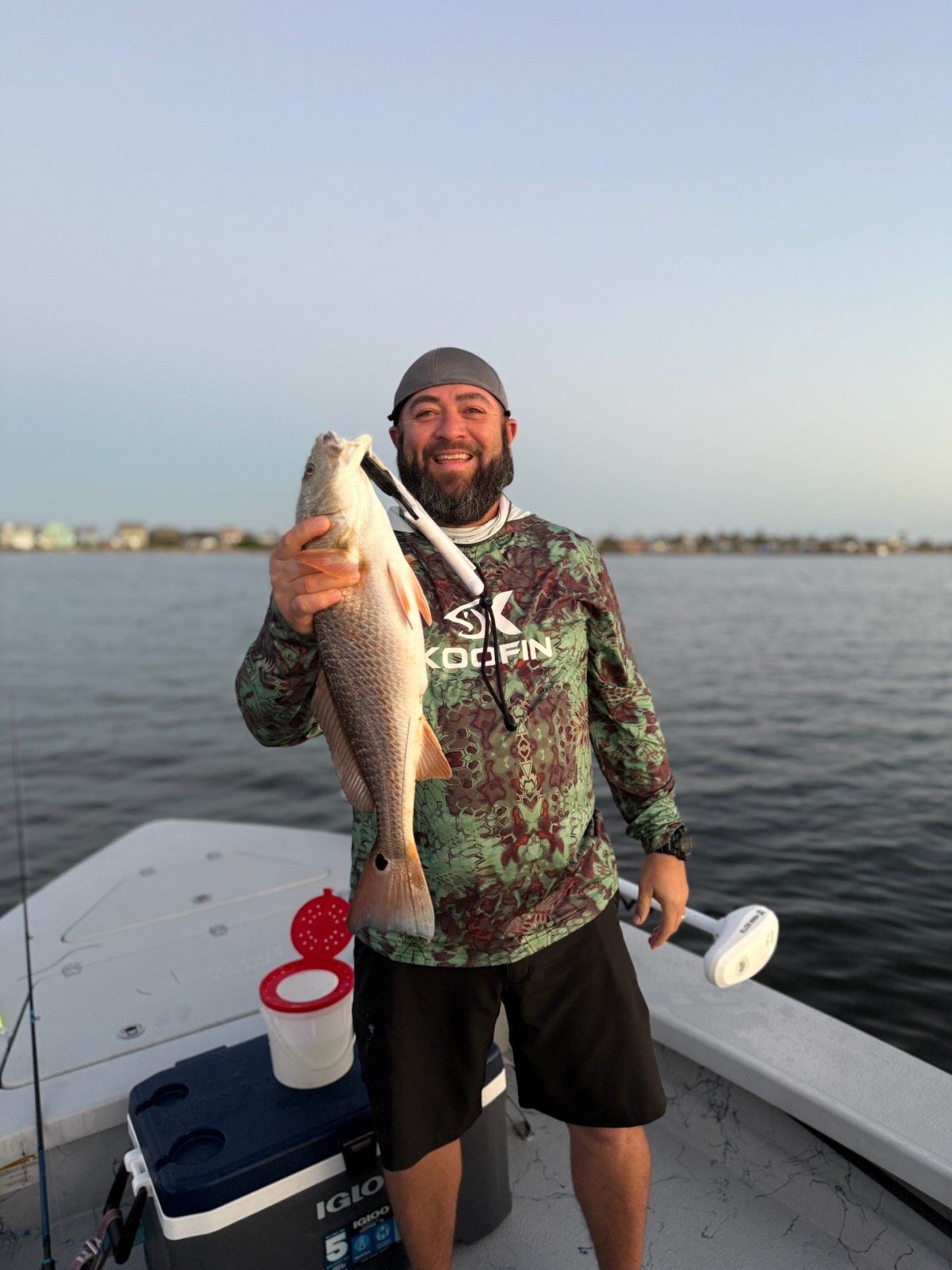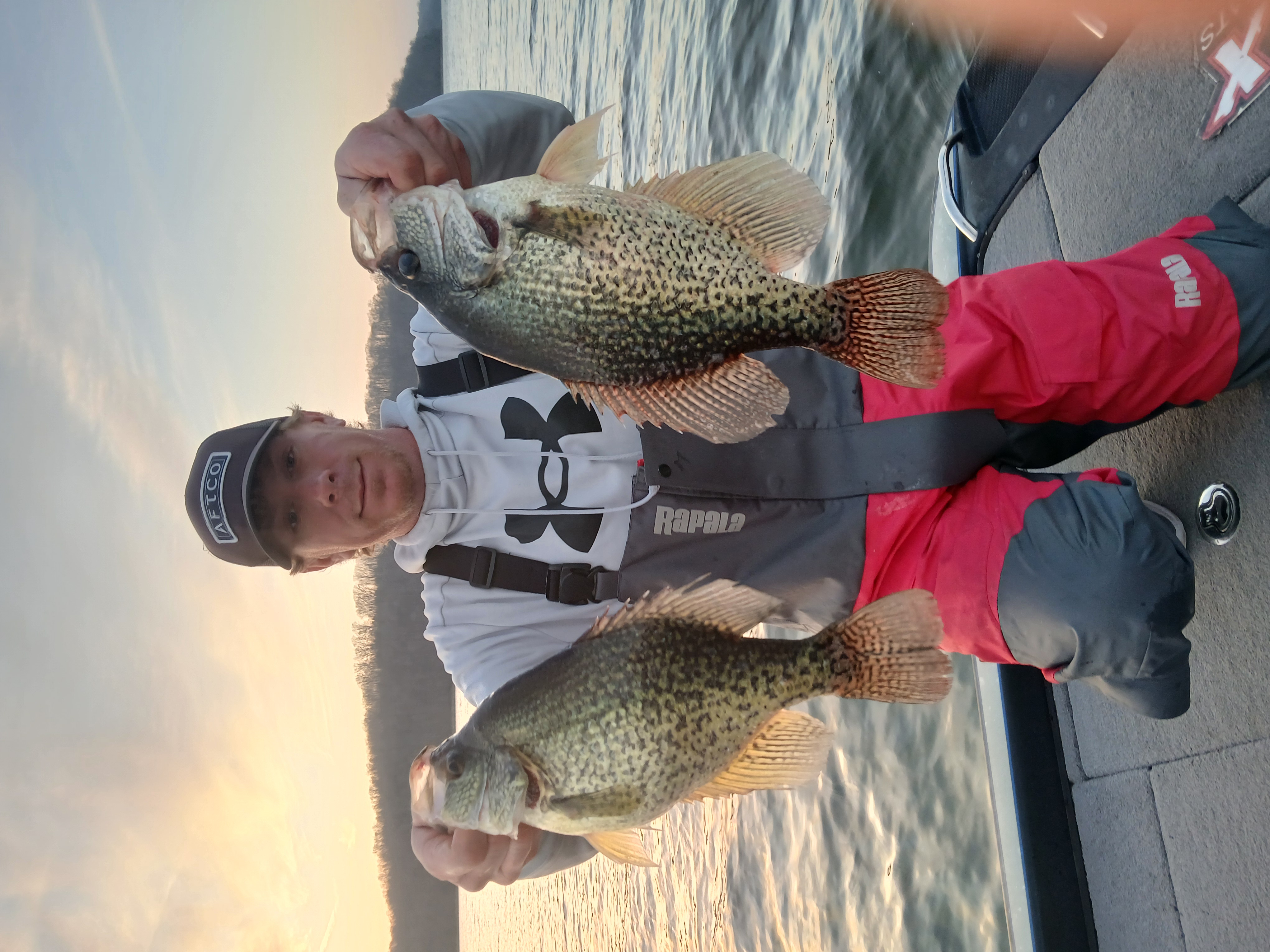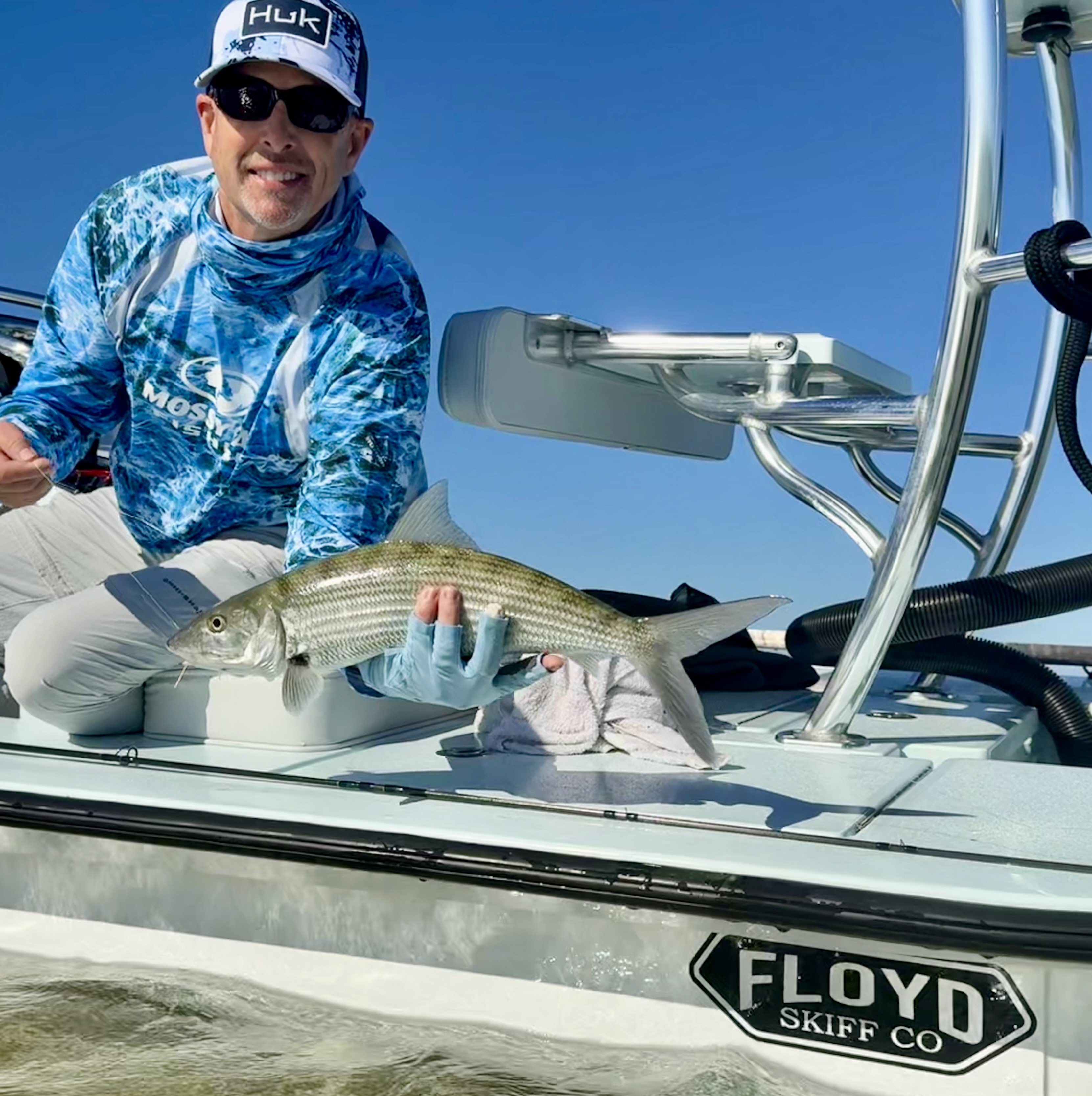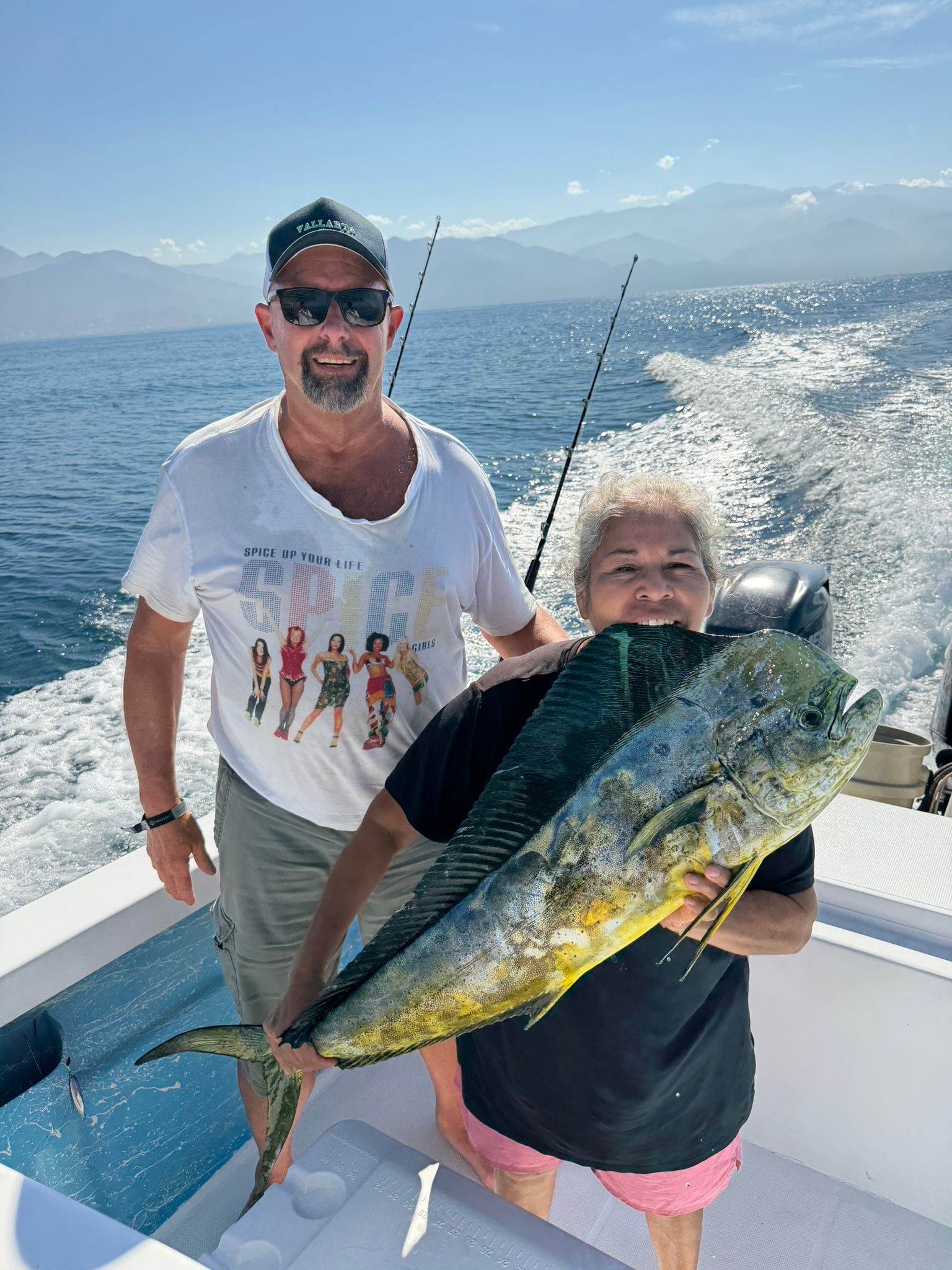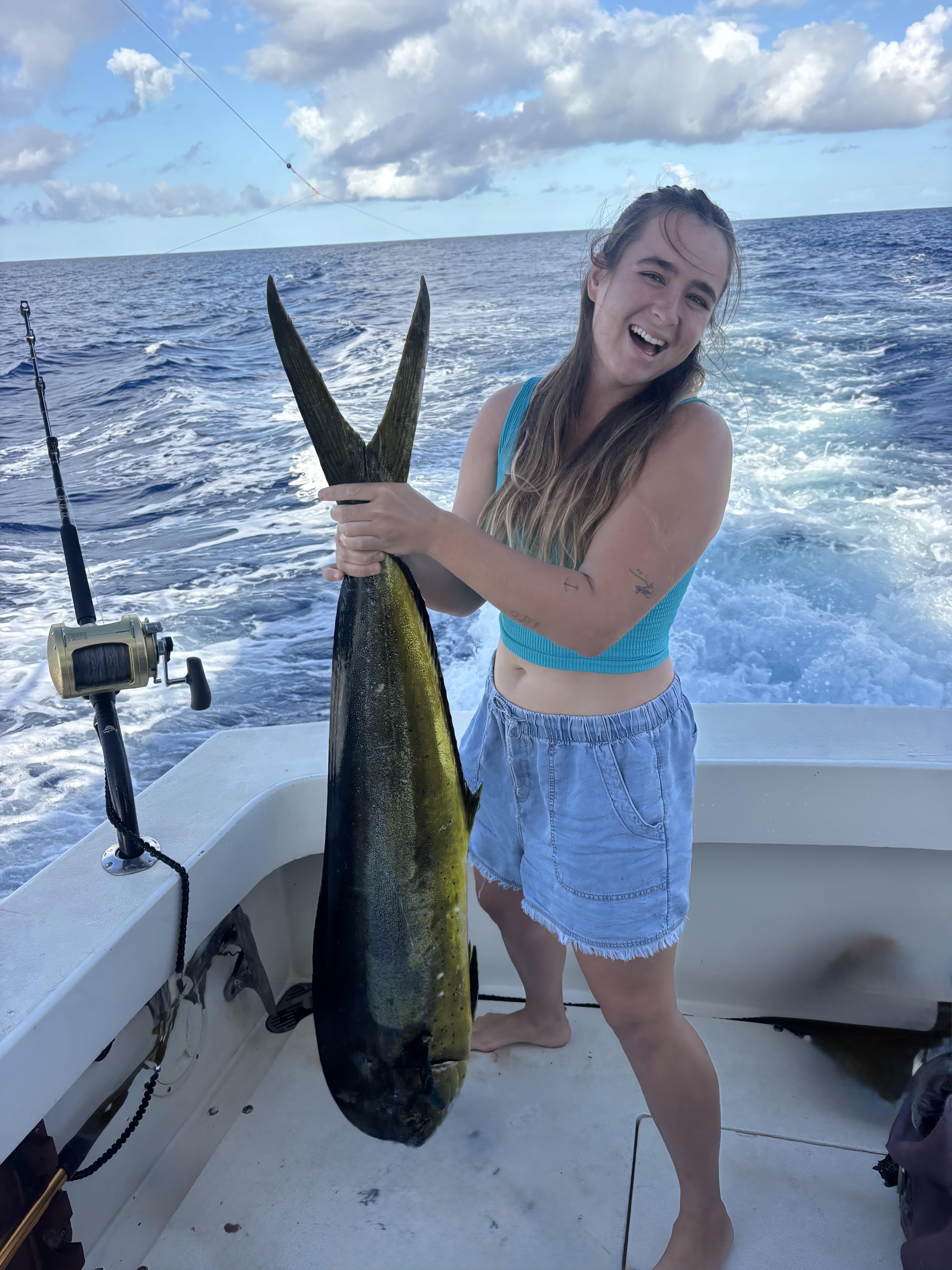Miami Peacock (4-8HR)
Lake Ida (4-8HR)
Inshore Fishing in Corpus Christi
Hook, Line & Memories Fishing Trip
Normandy Livescope Crappie Trip
Inshore, Nearshore Fishing in Orange Beach
Spring Break 6 Hour Special Rate
Inshore Fishing Sanibel PineIsland
Inshore, Flats Fishing in Key West
4-8 Hour Inshore Fishing Trip
Inshore, Deep Sea Fishing in Puerto Vallarta
31 Ft Grady White Half Day
Deep Sea Fishing in Kailua-Kona
Half Day Charter 4 Hours
Deep Sea Fishing in Puerto Vallarta
31 Ft Grady White Deep Sea Fishing
We started Captain Experiences to make it easy to book fishing and hunting guides around the world. With over 2,000 Damn Good Guides, our platform makes finding and booking a trip seamless. Head here to check out our trips.
There are too many nuanced types of fishing to count. Just off the top of our heads we at Captain Experiences HQ listed shore fishing (or bank fishing, beach fishing, surfcasting), droplining, handlining, net fishing (including gill net fishing, cast net fishing), ice fishing, jigging, kayak fishing, kite fishing, longlining, noodling, trapping, drone fishing, spearfishing, bowfishing, urban fishing, gigging, wade fishing, etc.
These are all fishing methods that evolved for a specific purpose, whether that was to catch a specific type of fish (e.g., noodling for flatheads), to accommodate the elements (e.g., ice fishing for sturgeon), to make use of scarce resources and time (e.g., trapping), or just to challenge yourself and go mano a mano with an awesome gamefish (e.g., this epic stuff).
While all of the different strategies listed above are different methods and ways to catch fish, if you are angling (fishing recreationally), you are considered to be angling — things like trapping (artisanal fishing / subsistence fishing more used in developing countries) and trawling (commercial fishing to be sold for profit) will fall into other buckets. There are generally four buckets that your angling will fall into: spinning or bait casting, bait fishing / bottom fishing, trolling, and fly fishing.
Angling as a term began because its participants most commonly fish with an “angle” (in other words, a hook). All the fishing techniques below also include some combination of a fishing line and a lure. Where the styles will differ is in terms of the makeup and style of these hooks, lines, and lures, as well as the form the rest of the gear takes (including the rod, any weights or floats attached to the line, the reel, and sometimes even the fishing vehicle, if you are using a boat).
Bait Fishing / Bottom Fishing / Jigging
Bait fishing is at its core an extremely simple way to fish. You catch something small, put it on the end of your line, and try to catch something bigger. This also works extremely well for obvious reasons - a fish (or shrimp, crab, etc) that is alive will look like a much tastier email than a piece of plastic, no matter how enticingly jerked around the plastic is.
Fishing with bait can be accomplished a few ways - and used in many different water types - but at its core you’ll want to choose a bait that works well for your target species, throw them in the live well, and head on out. Attach the bait to your line (live bait generally preferable to dead or frozen bait) along with a weight and you’re off to the races. If you’re sticking to the flats, bays, and marshes, then you’ll want to cast your bait out and use it in tandem with something like a bobber so you can see when something takes your bait. Let the bait sit and see if you can get some bites. When the bobber gets dragged underwater, fish on!
If you’re fishing the jetty / bottom fishing, you’ll want to drop your bait down with a larger weight, and let it sink all the way to the bottom. You can pull it up a foot or two and wait there, or you can treat it like a jig and move it up and down to add some motion. When truly jigging, you can be at any part of the water column depending on where the fish are, and your goal is an up and down motion, rather than the horizontal motion we will get into in the next section. The speed of your vertical action can depend on the type of fish you are trying to attract.
Lastly, you can use live bait while trolling, but lets tackle that in the next section…
Trolling
Trolling is the art of using your boat and motion to patrol the water and cover more ground than you might with some of the other methods on this list. Trolling is most common offshore, where you have the entire sea or ocean to find the fish, but is common on lakes as well. The main advantage is that sometimes you don’t have a “spot” to go to, or you aren’t sure exactly where the fish will be, so you let some lines out and cover as much ground as you can with the hope that you’ll eventually approach what you are looking for.
It may seem obvious to some, but the best way to have the most chances of catching more fish is to have more lines in the water. States often regulate the number of lines per boat or per person that are allowed to be in the water at one time, but the fundamental math says that more lines equals more chances of a bite. The way to attract your target species is to make sure you have the right bait or the right lure (often you can have a combination of different baits and lures out at the same time to entice different fish or try to get some attention), you are at the right depth, and you are going the right speed (generally slow). Downriggers will help you keep your bait far enough below the surface (the natural tendency for a bait in motion will be to rise), while outriggers will help you expand your set of lines and spread them more widely across the water.
Trolling is particularly common for bluewater pelagic fish like marlin, sailfish, and wahoo, as well as common freshwater species like striped bass, walleye, and muskie.
Spin Fishing / Bait Casting
Spinning is probably the type of fishing any beginner is most familiar with. Usually involving light tackle, spin fishing is what you think when you think about the classic fisherman - taking a rod, reel, and lure, casting out, and reeling back. This method is called spinning because the reel spins around as you retrieve your line. Before you cast, open your bail on the reel and your line will come out as your lure flies over the water. When your lure lands, flip the bail back and start your retrieve - its as simple as that.
Spin fishing tackle comes in many shapes and sizes but typically a spin casting rod will be a little longer and thinner, and is considered to be light tackle. This tackle is commonly used for smaller fish in rivers, estuaries, flats, and bays. If you are headed offshore or for bigger targets, up the size of your tackle accordingly.
Bait casting differs from spin casting in a few ways, but the main difference lies in the reel - rather than a spinning reel with a bail, a bait casting reel will have a trigger at the base of the reel that lets line out, and the line will be parallel to the rod rather than perpendicular. Baitcasters come in all shapes and sizes; there are smaller baitcasters that are used in a similar style to spinning rods, and they give better control and casting distance control (although are less beginner-friendly), and are especially common for bass fishing. Many bait casting rods are used offshore for bigger targets, and will be much stouter, heavier rods with stronger line and bigger reels. While bait casting originated, as the name implies, with throwing bait, this is no longer the standard at all, and many use plastic or metal lures.
Fly Fishing
Fly fishing is the most distinct of the methods discussed here, and this is mainly because it is so unique. While the other three categories above blend together in different ways (you might use live bait with a spinning rod, for instance, combining two of our sections above), fly fishing is almost its own sport, and its practitioners are unique among fishing crowds. The differences are not limited to gear and tackle, but also methodology, location, and often personality and attitude towards fishing in general.
Fly fishing is distinguished by a longer rod made of fiberglass or bamboo, with a simple reel that holds a relatively heavy line attached to a light, clear leader. Rather than using lures or bait typical of other styles of fishing, they will use flies - hooks decorated with artificial materials like feathers, string, hair, and other synthetic materials to mimic the common prey of their target species (most commonly, the fly will imitate a certain bug that is hatching nearby for that time of year). The cast of a fly rod also differs substantially from that of other styles of fishing, and is considered more of an art.
Fly fishing aficionados consider fly fishing to be a higher art form and more challenging than other forms of fishing, although we will abstain from that discussion and let the fly anglers and conventional tackle anglers duke that one out themselves. We will say, fly anglers tend to be fairly catch and release oriented, and are generally more conservation-minded.
So, what is the best type of fishing?
We will leave this one to you. We started Captain Experiences with the goal of helping people to book trips no matter what type of fishing they are after, and we want to help everyone book a guide to help them learn new skills, whether that is perfecting the fishing techniques you already know well or trying out something completely different with a local guide to show you the way. Here at Captain HQ, we find ourselves attracted to the huge opportunities that fishing offers and we generally all enjoy different styles, so its a good thing the fishing world has a little bit for everyone. If you have any questions about what you’re looking for, feel free to reach out at 833-227-8246 or [email protected] and we would love to steer you in the right direction and get you out with a great teacher for a day of learning and practice on the water.

Attison Barnes
Updated on August 3, 2023

January 7, 2022

March 8, 2022

April 15, 2022

January 19, 2021

July 1, 2024
Related Articles
April 20, 2023
July 6, 2023
February 17, 2022
Featured Locations
- Fishing Charters Near Me
- Austin Fishing Guides
- Biloxi Fishing Charters
- Bradenton Fishing Charters
- Cabo San Lucas Fishing Charters
- Cancun Fishing Charters
- Cape Coral Fishing Charters
- Charleston Fishing Charters
- Clearwater Fishing Charters
- Corpus Christi Fishing Charters
- Crystal River Fishing Charters
- Dauphin Island Fishing Charters
- Daytona Beach Fishing Charters
- Destin Fishing Charters
- Fort Lauderdale Fishing Charters
- Fort Myers Fishing Charters
- Fort Walton Beach Fishing Charters
- Galveston Fishing Charters
- Gulf Shores Fishing Charters
- Hatteras Fishing Charters
- Hilton Head Fishing Charters
- Islamorada Fishing Charters
- Jacksonville Fishing Charters
- Jupiter Fishing Charters
- Key Largo Fishing Charters
- Key West Fishing Charters
- Kona Fishing Charters
- Lakeside Marblehead Fishing Charters
- Marathon Fishing Charters
- Marco Island Fishing Charters
- Miami Fishing Charters
- Montauk Fishing Charters
- Morehead City Fishing Charters
- Naples Fishing Charters
- New Orleans Fishing Charters
- New Smyrna Beach Fishing Charters
- Ocean City Fishing Charters
- Orange Beach Fishing Charters
- Panama City Beach Fishing Charters
- Pensacola Fishing Charters
- Pompano Beach Fishing Charters
- Port Aransas Fishing Charters
- Port Orange Fishing Charters
- Rockport Fishing Charters
- San Diego Fishing Charters
- San Juan Fishing Charters
- Sarasota Fishing Charters
- South Padre Island Fishing Charters
- St. Augustine Fishing Charters
- St. Petersburg Fishing Charters
- Tampa Fishing Charters
- Tarpon Springs Fishing Charters
- Venice Fishing Charters
- Virginia Beach Fishing Charters
- West Palm Beach Fishing Charters
- Wilmington Fishing Charters
- Wrightsville Beach Fishing Charters


